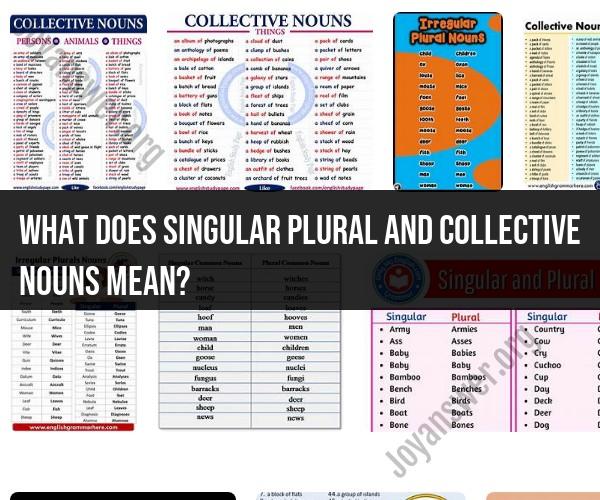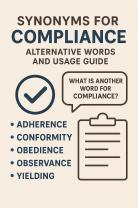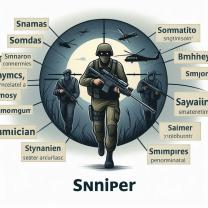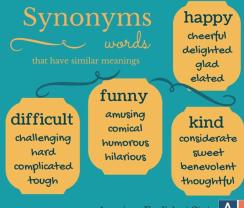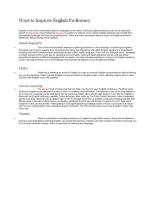What does singular plural and collective nouns mean?
Singular, plural, and collective nouns are different forms of nouns in the English language, each serving a specific purpose in referring to people, places, things, or ideas. Here's an explanation of each type:
Singular Nouns:
- A singular noun refers to one person, place, thing, or concept.
- It is used when you are talking about an individual item or a single entity.
- Examples: book, dog, cat, car, chair, teacher, city, idea.
Usage tip: Singular nouns are typically preceded by indefinite articles like "a" or "an" (e.g., "a book," "an idea") or the definite article "the" (e.g., "the teacher," "the city").
Plural Nouns:
- A plural noun refers to more than one person, place, thing, or concept.
- It is used when you are talking about multiple instances or a group of items/entities.
- Plural nouns are often formed by adding "s" or "es" to the singular form, but there are irregular plurals that follow different rules.
- Examples: books, dogs, cats, cars, chairs, teachers, cities, ideas.
Usage tip: Plural nouns are often preceded by the definite article "the" (e.g., "the dogs," "the cities") or quantifiers like "some," "many," or "few" (e.g., "some books," "many ideas").
Collective Nouns:
- A collective noun refers to a group or collection of individuals or things as a single unit.
- It represents a singular concept, even though it may refer to multiple entities.
- Collective nouns can refer to groups of people, animals, objects, or abstract concepts.
- Examples: team, family, flock, herd, committee, audience, government.
Usage tip: Collective nouns can be used with singular or plural verbs, depending on whether you want to emphasize the group as a single entity or its individual members. For example, "The team is playing well" (singular emphasis) vs. "The team are arguing among themselves" (plural emphasis).
In summary:
- Singular nouns refer to one item or entity.
- Plural nouns refer to multiple items or entities.
- Collective nouns refer to groups of items or entities treated as a single unit.
Understanding these noun forms is essential for proper grammar and effective communication in English. The choice between singular and plural depends on whether you are referring to one or more of something, while collective nouns help describe groups in a concise way.
Singular, Plural, and Collective Nouns: Definitions and Differences
- Singular nouns: Nouns that refer to one person, place, thing, or idea. Examples: cat, house, book, love.
- Plural nouns: Nouns that refer to two or more people, places, things, or ideas. Examples: cats, houses, books, loves.
- Collective nouns: Nouns that refer to a group of people, places, things, or ideas as a whole. Examples: team, family, herd, flock.
Collective nouns can be singular or plural, depending on how they are used in a sentence.
Noun Types: Singular, Plural, and Collective
Singular collective nouns
When a collective noun is used to refer to a group as a whole, it is singular. In this case, the collective noun takes a singular verb and singular pronouns.
Examples:
- The team is practicing today.
- The family is going on vacation next week.
- The herd of cattle is grazing in the field.
- The flock of birds is flying south for the winter.
Plural collective nouns
When a collective noun is used to refer to the individual members of a group, it is plural. In this case, the collective noun takes a plural verb and plural pronouns.
Examples:
- The members of the team are all very talented.
- The members of the family are having a reunion next summer.
- The cows in the herd are all very healthy.
- The birds in the flock are all migrating south for the winter.
Identifying Collective Nouns in Sentences
Here are some tips for identifying collective nouns in sentences:
- Look for nouns that refer to a group of people, places, things, or ideas.
- Consider how the noun is used in the sentence. Is it used to refer to the group as a whole or to the individual members of the group?
- If the noun is used to refer to the group as a whole, it is a singular collective noun. If the noun is used to refer to the individual members of the group, it is a plural collective noun.
Here are some examples of collective nouns in sentences:
- The jury reached a verdict. (singular collective noun)
- The class is going on a field trip. (singular collective noun)
- The audience applauded the performance. (singular collective noun)
- The crowd cheered for their team. (singular collective noun)
- The flock of birds flew overhead. (plural collective noun)
- The herd of cattle was grazing in the field. (plural collective noun)
- The family is going on vacation next week. (singular or plural collective noun, depending on how it is used in the sentence)
If you are unsure whether a collective noun is singular or plural in a sentence, consider how it is being used. If it is being used to refer to the group as a whole, it is singular. If it is being used to refer to the individual members of the group, it is plural.
